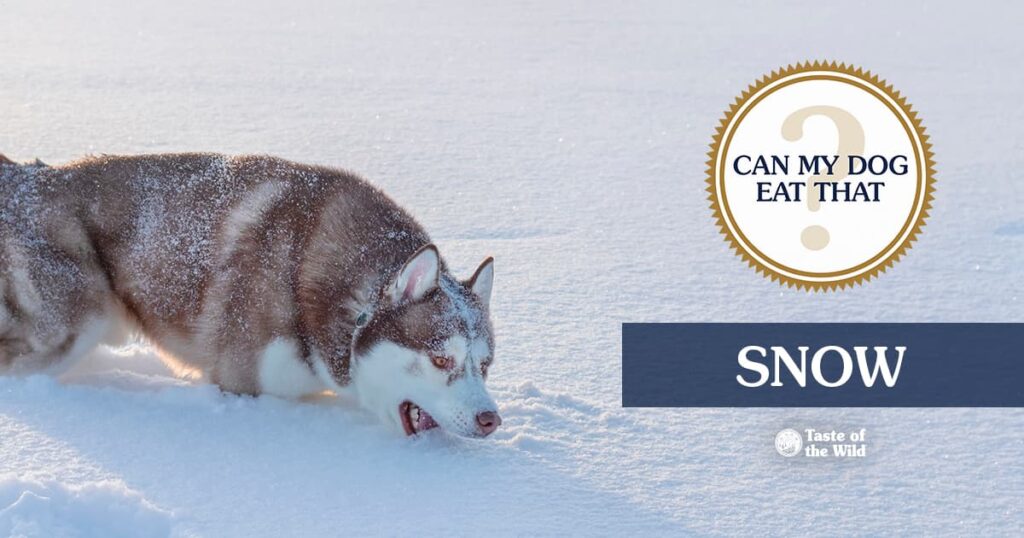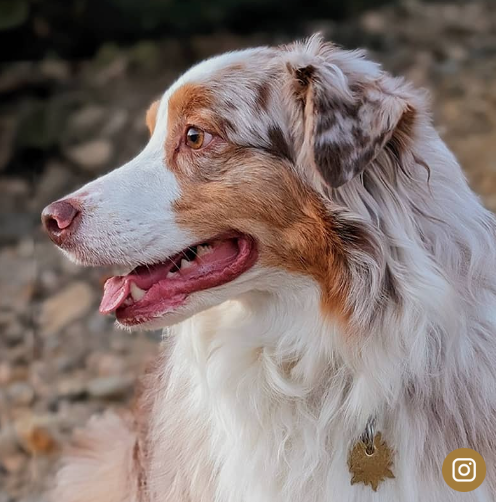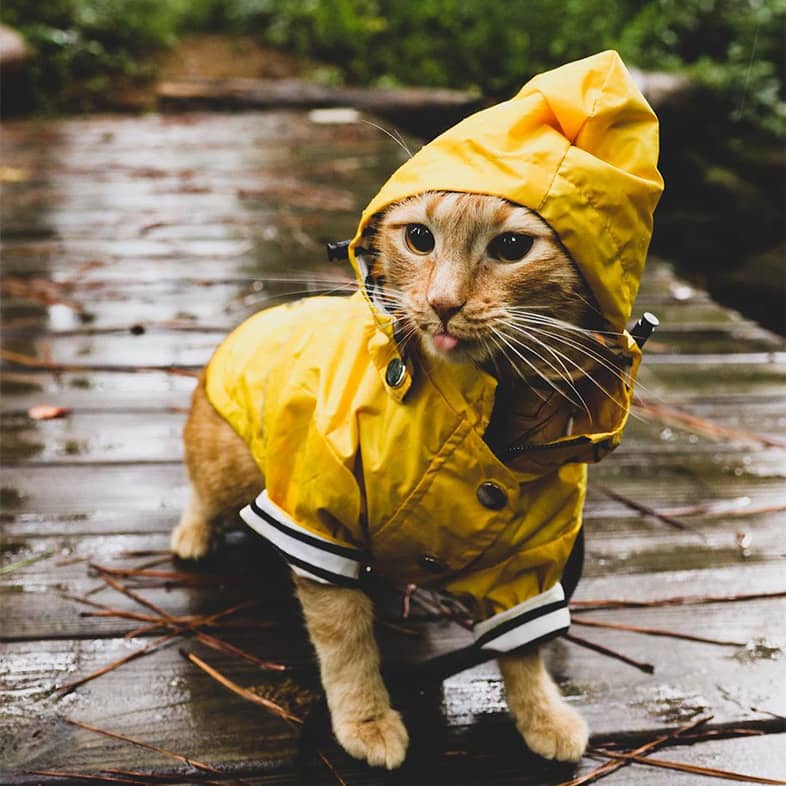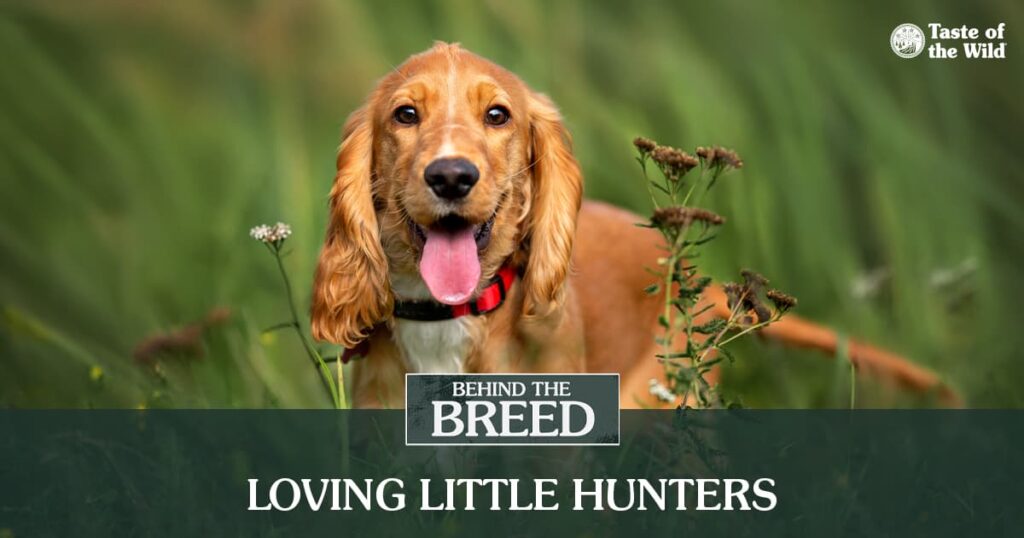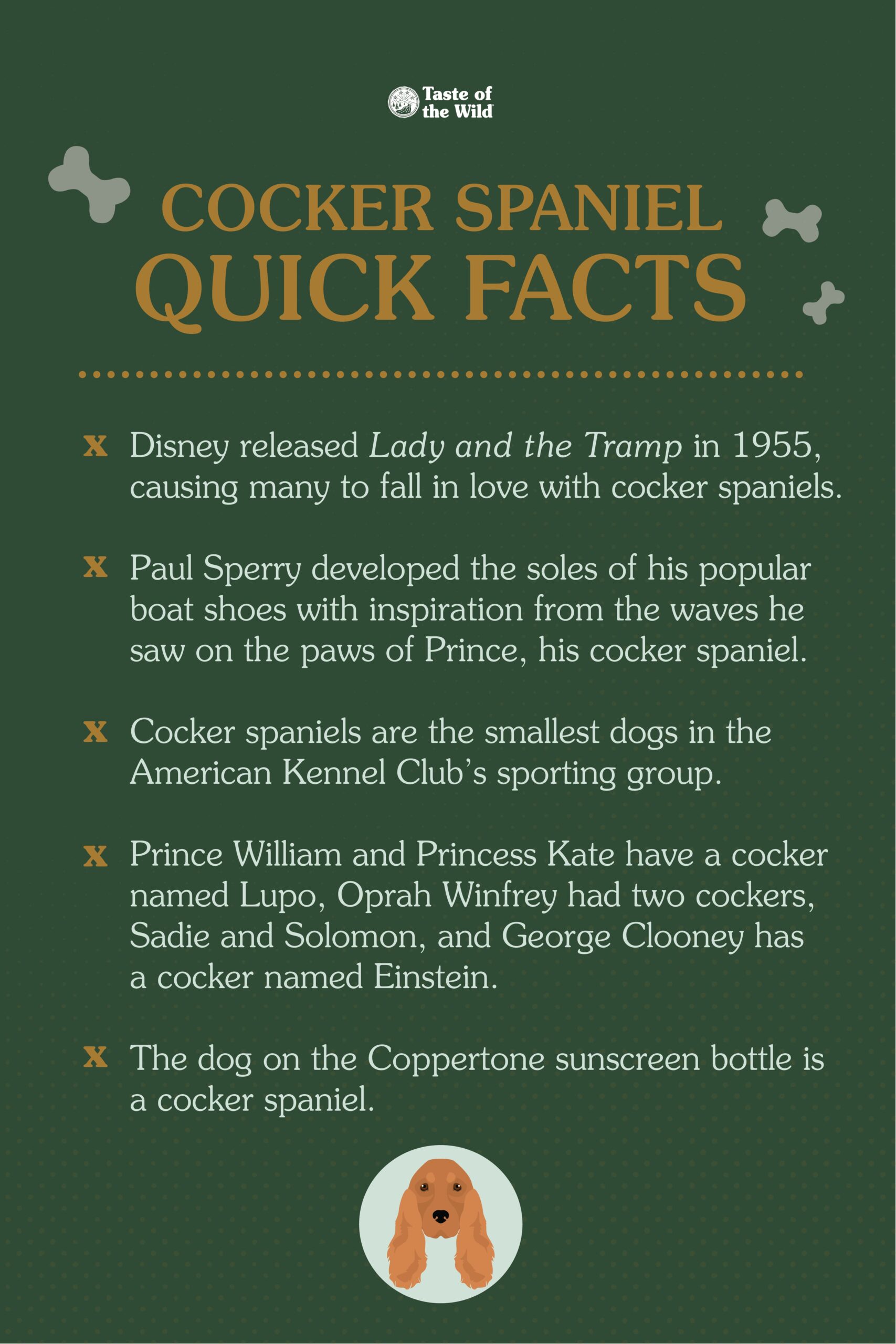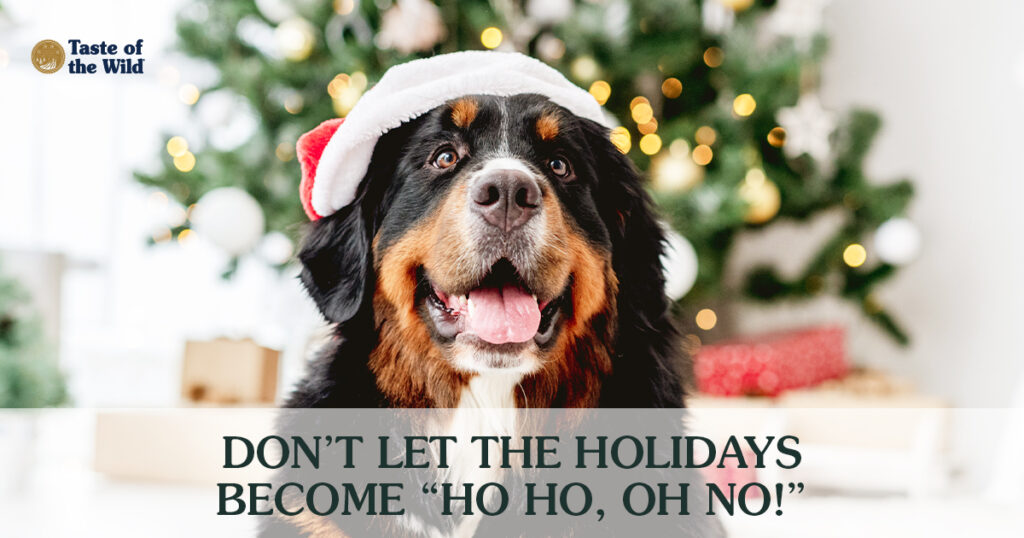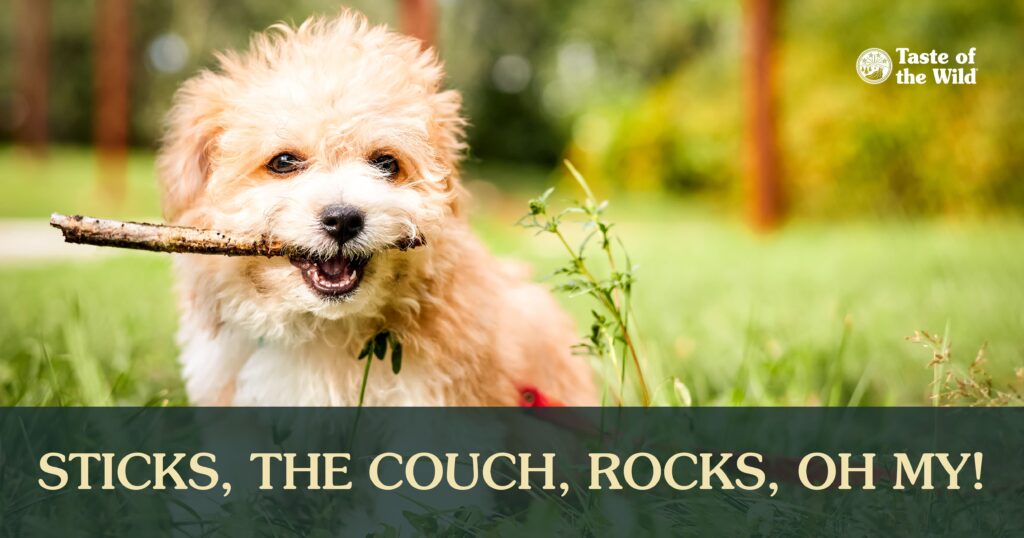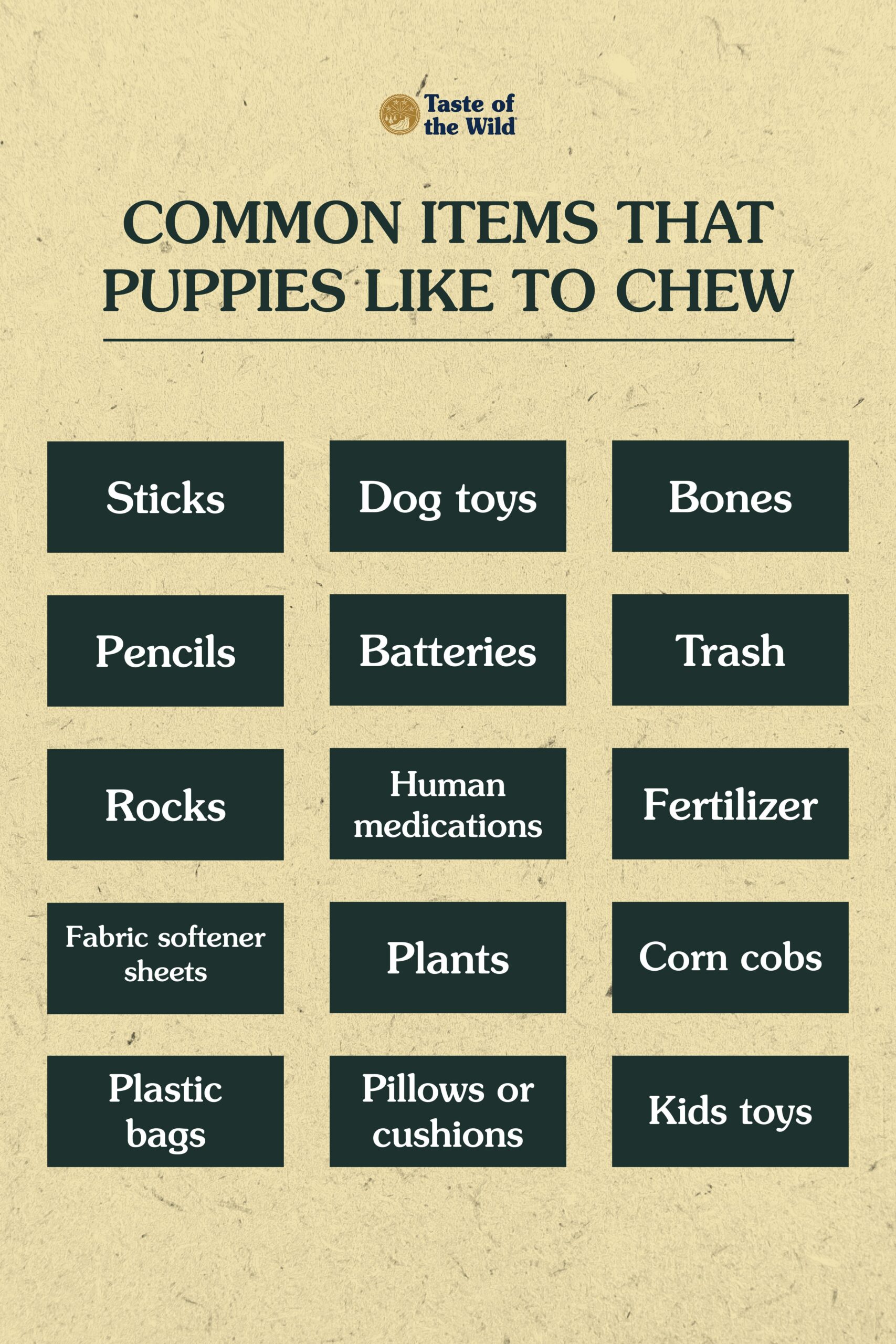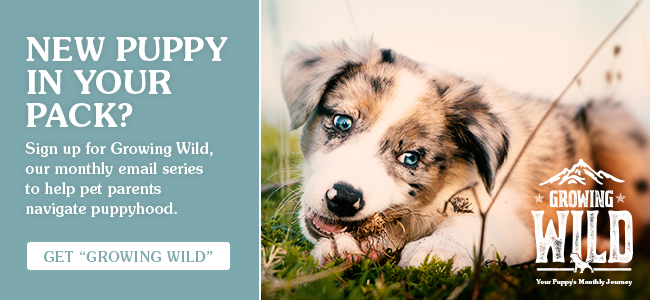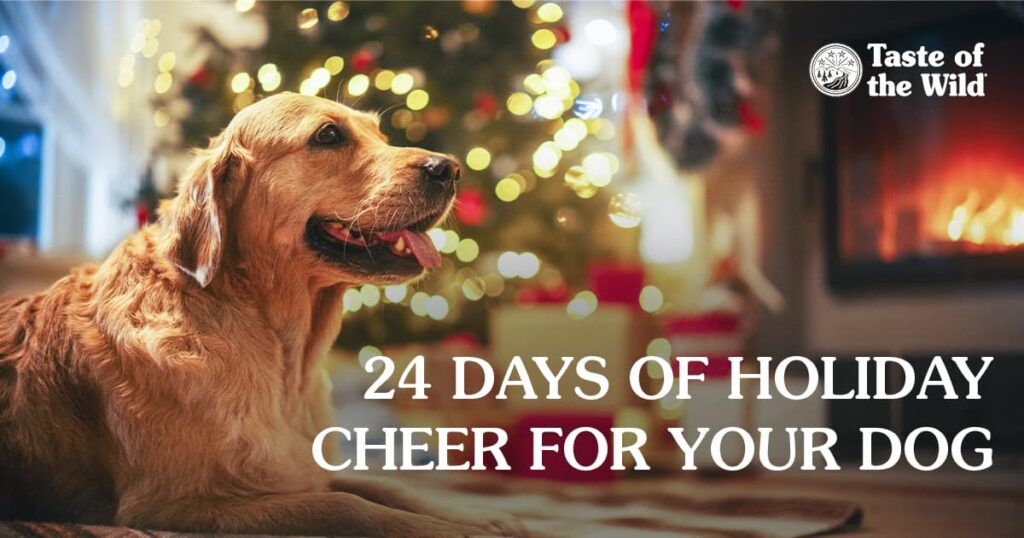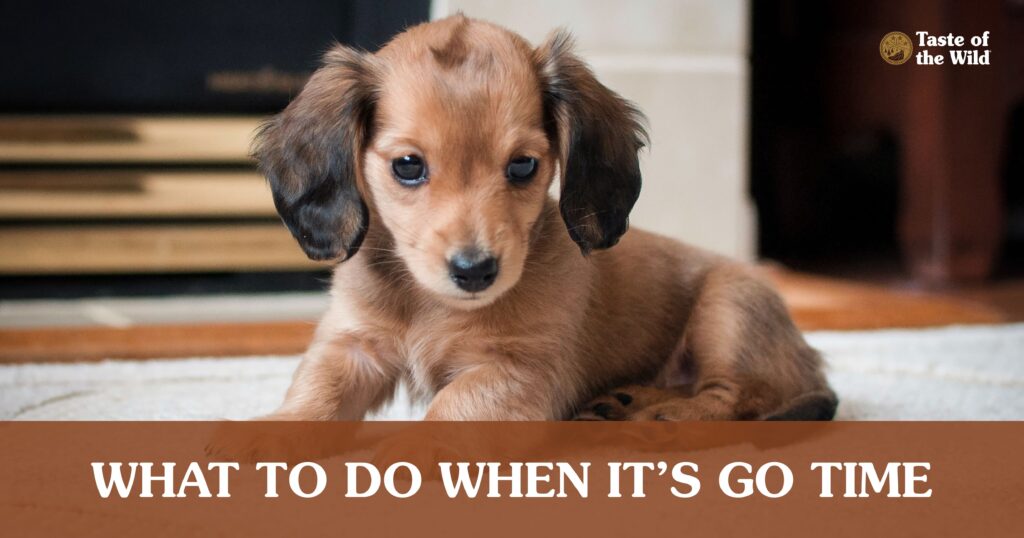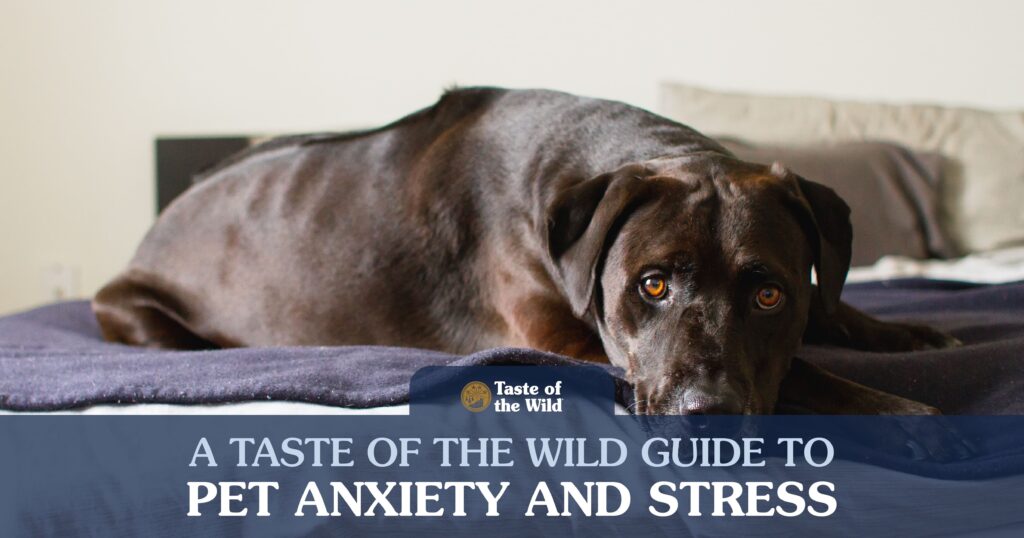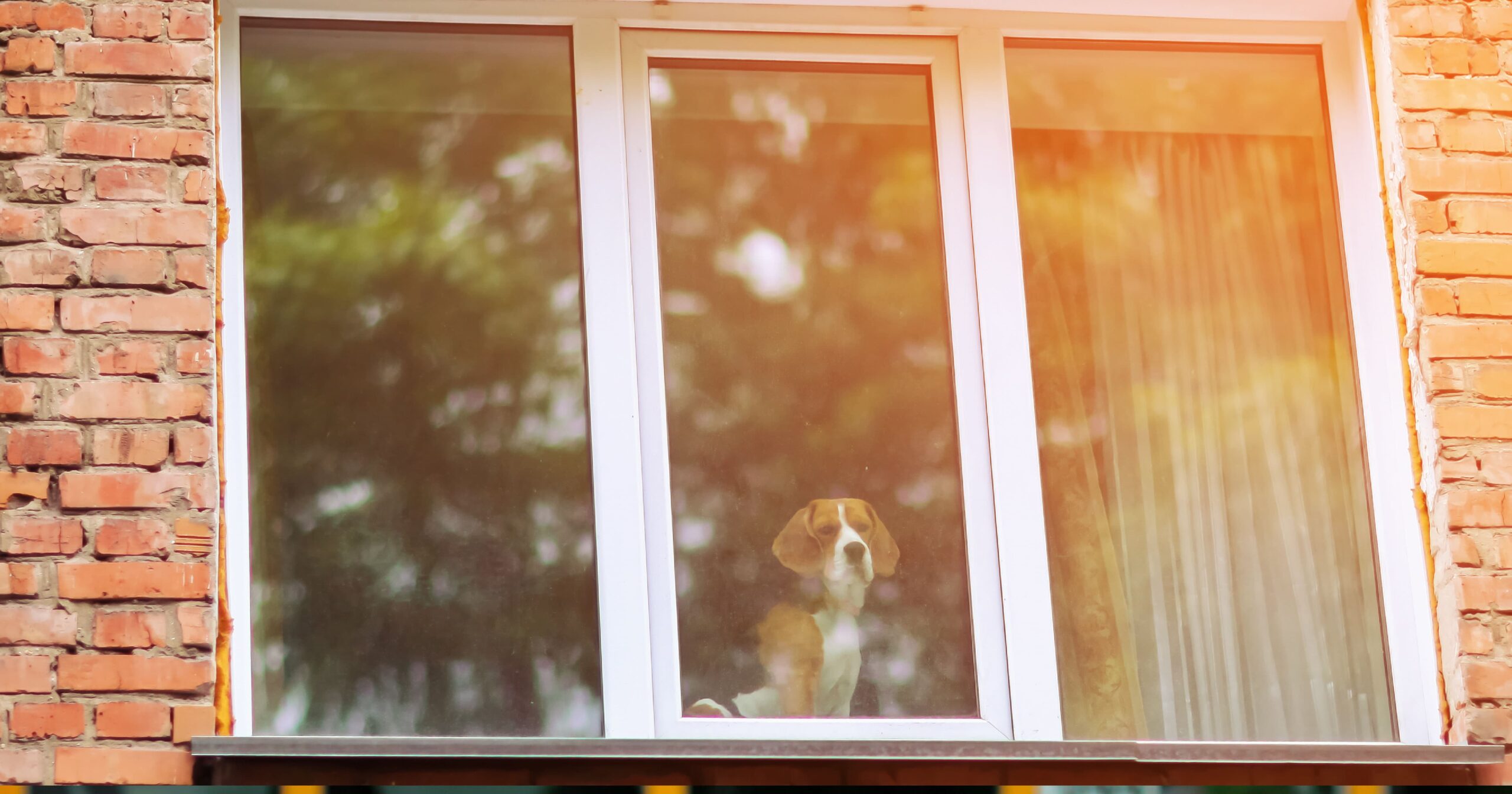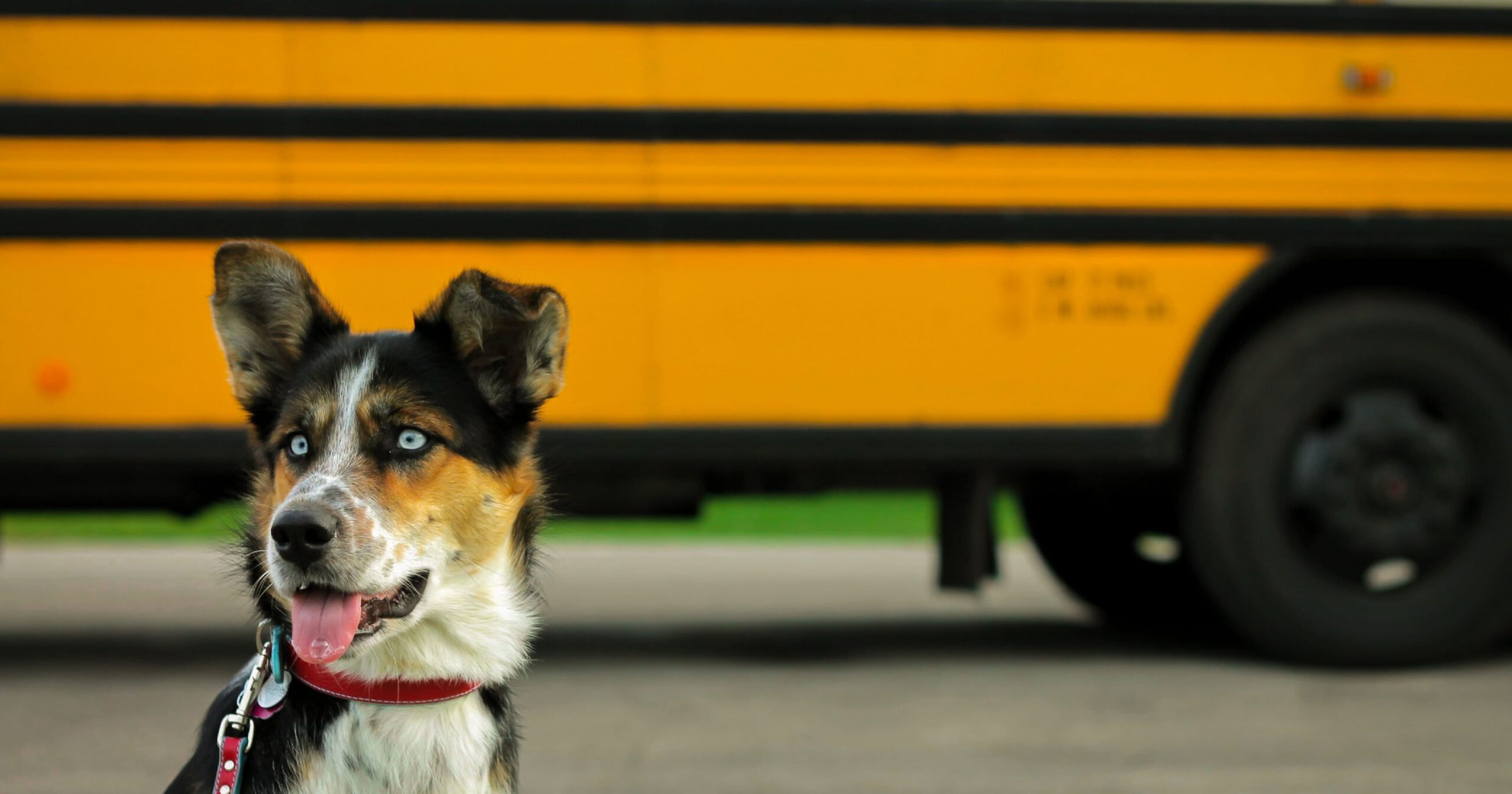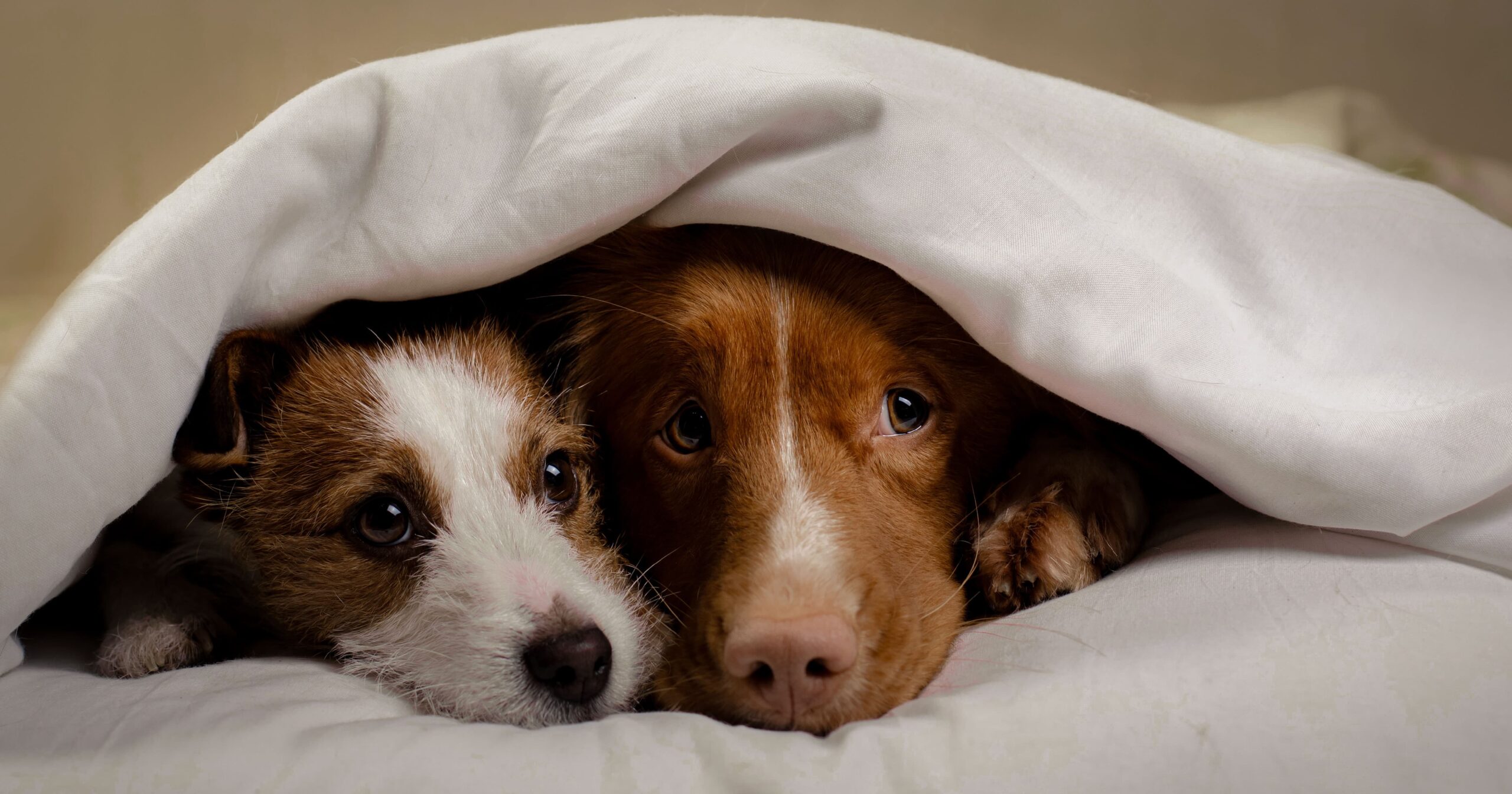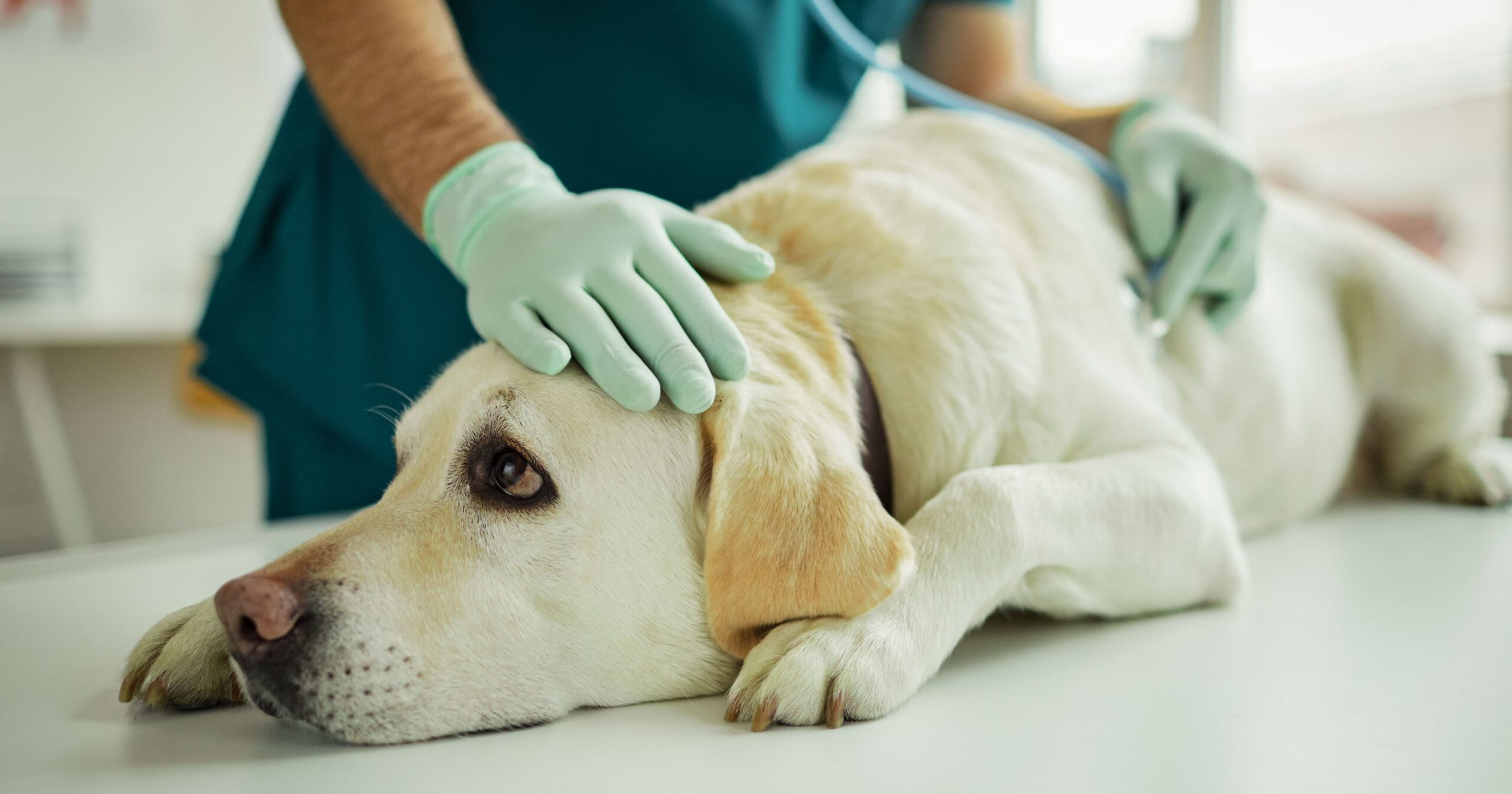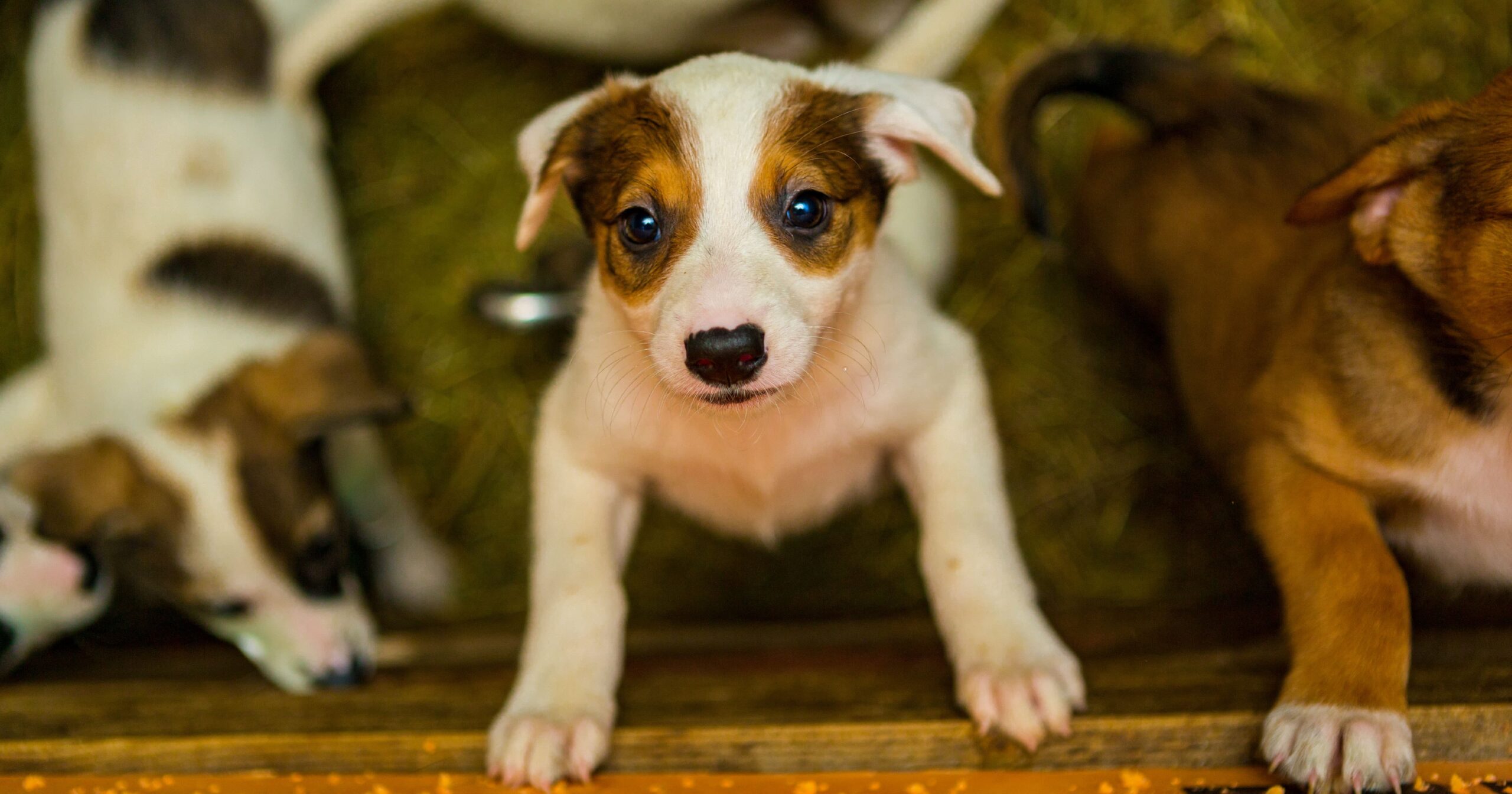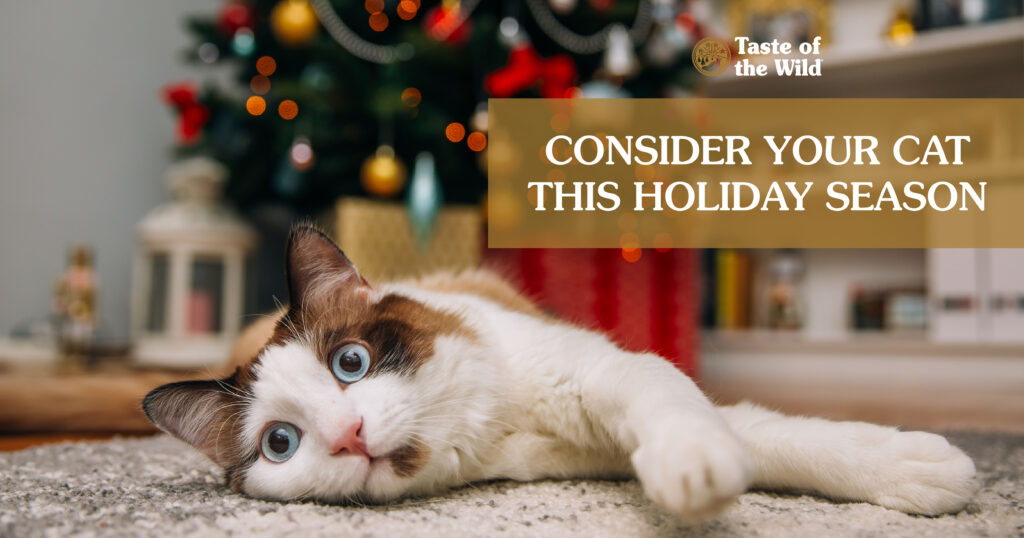What’s better than one holiday present? 24 days of presents!
Advent calendars are popular holiday activities for people, but there’s no need to exclude your dog from the daily fun. To include your dog in the everyday holiday cheer, here are some ideas to make your own advent calendar for dogs. We’ve included 24 activities for you and your furry friend to include on your advent calendar for dogs. Or you could make a dog treat advent calendar or a dog toy advent calendar. The options are endless!
Before we get started, let’s grab the essentials for mapping out your personalized advent calendar for dogs. First, you’ll want a ruler, two sheets of different colored construction paper, festively colored markers or pens, scissors, tape, and a mindset focused on all things your dog likes. And maybe some squeaky toys to keep your dog distracted while you make the advent calendar.
Using your ruler, draw out four rows with seven columns. You’ll have 28 boxes total, but we’ll only use 24. Cut out little squares from your second sheet of construction paper that you’ll then tape over each box. On the cutout squares that you’ve just taped down, take your festive markers or pens and number them from 1 to 24.
Now comes the fun part: writing out the puppy advent calendar surprise under each square. Since dogs can’t read, these will be daily prompts for you to celebrate with them. (Full disclosure: You may enjoy some of these gifts as much, if not more, than your dog!)
1. Holiday Portrait Session
Find a festive little nook in your dwelling and stage it with dog-friendly holiday items and treats. Ask a friend to take a photo of you and your dog in your new holiday scene.
An adorable holiday photo can be turned into a digital or printed holiday card for family and friends.
2. Favorite Treat Surprise
Does your dog have a favorite treat? One that they come running for before you even open the package? Get that bag ready to surprise them with their favorite treats.
Enjoy an evening snuggled up on the couch with your fur-baby watching a pet-friendly movie. Try Beethoven’s Christmas, An American Tail, Grumpy Cat’s Worst Christmas Ever or The Nine Lives of Christmas.
4. Painting with Paws
Before diving into this activity, be sure your dog is okay with their paws being handled! Next, purchase nontoxic paint and a tiny canvas. Dip your dog’s paw in the paint and help them gently press down on the canvas. If your dog is cooperative for this activity, try adding another paw print or two.
Be sure to have your pet wipes ready or a bath drawn so cleanup will be quick.
You can go back later with a paintbrush or marker and make the paw prints into festive designs like a pawfect snowman or a dog-o-rific reindeer.
5. Replace Harmful Holiday Decorations
Mistletoe can be toxic to pets, so instead, opt for a mesh bag of anise (“dognip”) for your doggo. Many other holiday plants such as holly or poinsettias are also harmful to your animals. Try opting for fake plants instead!
6. Make a Stocking for Your Dog
Find a gently used stocking and grab a fabric marker to add your dog’s name. Fill it with their favorite treats and toys the closer you get to the holiday you celebrate! (Make sure it’s hung high enough that your pup can’t reach it until the big day.)
7. Spruce Up Their Space
Continue your holiday theme throughout the house! Add a festive blanket to your dog’s space or pick up holiday-themed pet items from the pet store.
8. Tiny Pet Tree
Your dog is a part of the family, so they’ll likely be receiving gifts this holiday season! Find a tiny Christmas tree to decorate in your dog’s honor. Look at idea #9 to gather decorating ideas, and don’t forget to keep ornaments away from low-hanging branches so your dog can’t reach them!
9. Add Pet-Themed Ornaments
Hang some dog-themed ornaments on their tree. Whether it’s a personalized stocking or a decorated dog house, have fun with some doggy ornaments!
10. Holiday Paw-ty with Friends
Host a holiday party with friends or family who also have dogs. If all your friends’ dogs get along, invite their furry comrades to enjoy the festivities, too! Before everyone’s arrival, ask each guest to bring an inexpensive dog treat or toy that you can play a game with.
11. Holiday Helper
While wrapping presents, have your furry companion by your side to join in on the action. They’ll likely want to sniff the new items and might get in the way, but that’s part of having a dog. Just being near you while you work will bring them joy.
Note: Keep an extra eye on your furry assistant during this activity so they don’t eat wrapping paper or tape — or an entire gift! — while helping you.
12. Matching Cozy Attire
Matching pajamas have become a trend for the holiday season. Many businesses now sell human pajamas with matching dog pajamas or bandanas. Dress up one evening in your adorable get-ups, and don’t forget to take a photo to share!
13. Rock Around the House
Did you know that some industrious musical elves have made holiday music for pets? Search for “holiday pet music” and rock out with your pup for at least one song.
14. Holiday Treasure Hunt
Grab the favorite treat you bought for #2 and hide it somewhere in the house for them to find.
15. Shopping for Presents
Many pet stores allow dogs to visit as long as they’re on a leash. Take your dog to sniff out their favorite toys or future winter holiday presents. It’ll be an adventure for you both!
16. Extra Pet Time
Sometimes your dog just wants extra snuggles or playtime! Clear your evening calendar to do just that. To them, it’ll feel like the holidays came early.
17. Create a Festive Obstacle Course
Get out the hula hoop, yoga mat, couch cushions, holiday lights, sheets and broom! Let your imagination run wild constructing a homemade obstacle course for your furry friend to explore. Place treats along the route for extra excitement.
18. Make a Donation in Your Dog’s Name
Choose a local animal shelter and make a donation on behalf of your dog! The gift will help pups and dogs in need this holiday season.
19. Pampered Paws
Run the bath or grab the pet wipes to get your dog smelling fresh. Next, brush out their fur, paying special attention to their head, chin or back. Lastly, lay out a cozy blanket for them to snuggle up in to round off the pampered evening.
20. New Food for Fido
Pet-friendly websites have curated handmade treat recipes for your dog’s delight! Before making anything, we recommend double-checking the ingredient list with our healthy snacks list for do’s and don’ts. Or just try a new flavor from our dog food formulas!
21. Enjoy the Holiday Lights
Get your dog in their harness and go see holiday lights in your neighborhood. Some pups do better riding in the car than going for a walk among the lights, so be sure to adjust your evening plans to best fit your dog’s needs.
22. Snack Attack Part Two
It’s another treat treasure hunt day! Hide your dog’s normal number of treats around the house, but this time in different areas than you did for the last treasure hunt.
23. Last-Minute Preparations
Last-minute preparations don’t have to be stressful. Turn on the holiday pet music, unbox those late-arriving presents (providing your dog with a new box to play in) and get all in order with your furry companion by your side.
24. Holiday Snuggles
Whether you’re hosting a holiday celebration or traveling to see loved ones, be sure to show your dog a little extra compassion today. Chances are it’s a little overwhelming to be around a lot of people, so extra snuggles, treats or head pats can reassure them all is alright.
Enjoy the Holiday Season Together!
We hope you have fun crafting your handmade advent calendar for dogs, and that your dog appreciates all the thought and love you put into it. Now start the countdown to the holidays, treats and squeaky toys!
